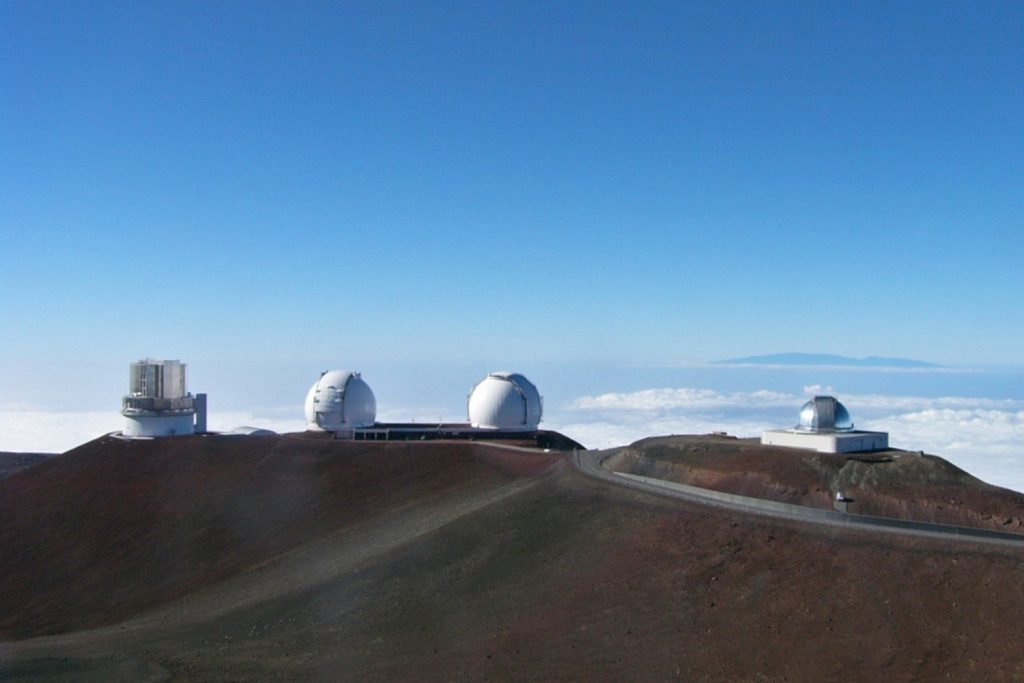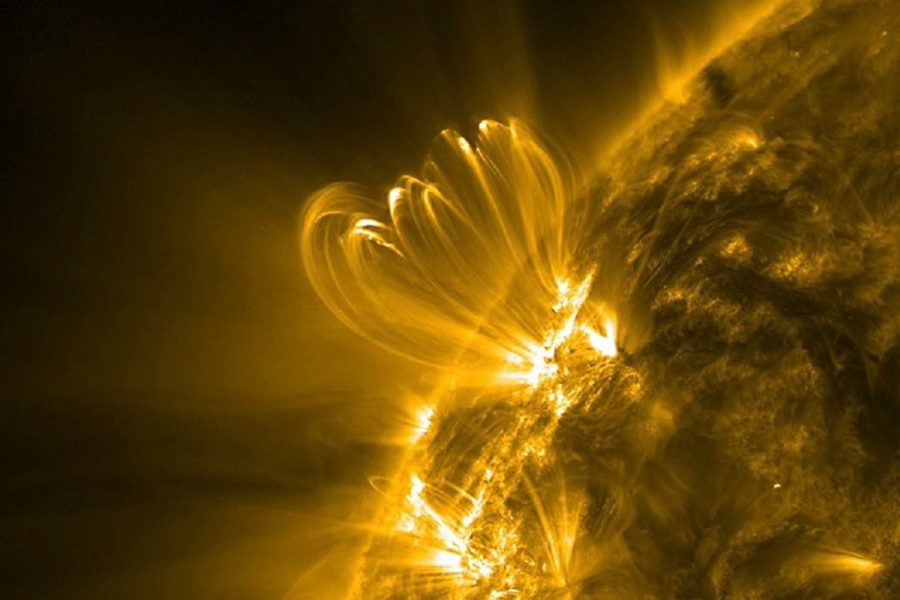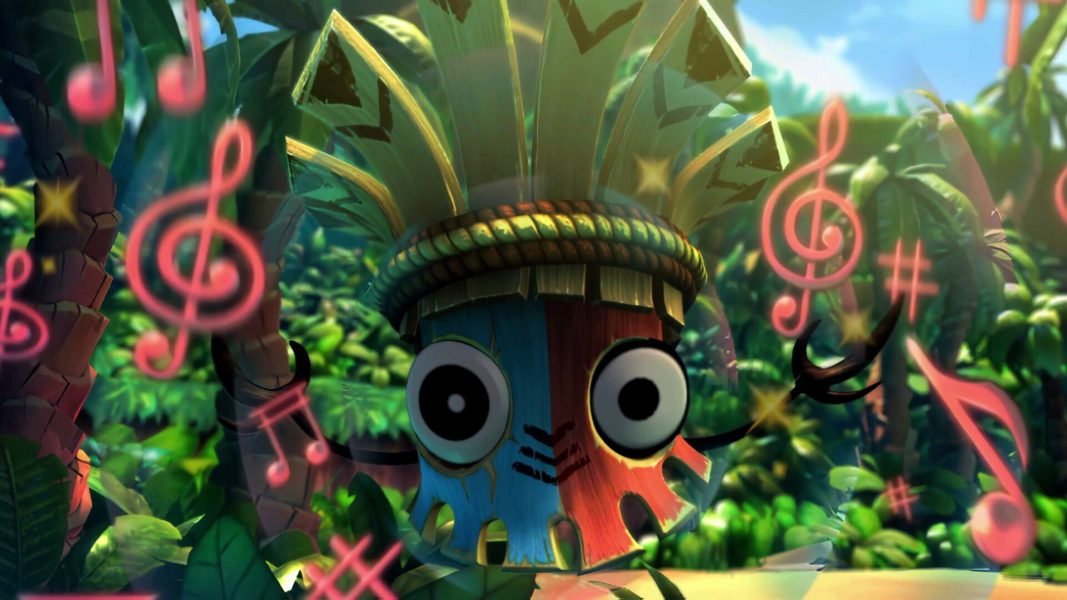Subaru Telescope’s Insect-Like Compound Eye to Debut in February – Gizmodo

The Subaru Telescope in Hawai‘i is adding a new instrument to its arsenal, one that will observe the cosmos through a compound eye.The compound eye will allow Subaru to observe about 2,400 objects in space, offering an extremely wide field of view and permitting simultaneous spectroscopic observation of the thousands of objects. Subaru’s new instrument will clear researchers into longstanding questions in astrophysics, chief among them the formation and evolution of galaxies and the universe in which they reside.The instrument is the Prime Focus Spectrograph, and it is one of the flagship instruments in the next era of the Subaru Telescope. The spectrograph will collect light across the visible and some of the near-infrared ranges. The telescope will improve the telescope’s ability to observe spectra from distant light sources.“This is just a stepping stone towards ultimate goals such as continuing the operation for a long term, producing unprecedented scientific outputs, and sharing exciting news from Maunakea with the local community to the fullest,” said Naoyuki Tamura, a professor at the Subaru Telescope at the National Astronomical Observatory of Japan, in an observatory release.“The discoveries that will be made with this cutting-edge instrument are something all of the people of Hawai’i can be proud of; to be at the center of such a meaningful international collaboration and human endeavor,” Tamura added.The spectrograph team will launch a large-sky survey that will take place over approximately the next five years. In total, 360 nights of telescope time will be used to collect data on millions of galaxies and hundreds of thousands of stars in our galaxy, the Milky Way, and our nearest galactic neighbor, Andromeda.The Subaru Telescope keeps busy. It reveals aspects of the universe from the amount of gases in distant galaxies to the eerie ephemera of rocket launches above our own planet. Last year, Subaru data (specifically observations by the telescope’s Hyper Suprime-Cam) revealed two very large merging quasars in the early universe, but the telescope also showed that the Kuiper Belt may be larger than previously thought. In other words, the Subaru telescope is multi-talented, and balances its deep space duties with those much closer to home.Subaru’s new compound eye will build on the telescope’s legacy and give it runway to create more history. As for exactly how the spectrograph will change our understanding of the universe? For that, you’ll have to check out Gizmodo in five years’ time, when the telescope’s sky survey is complete.
AstronomyStellar astronomySurveysTelescopes
Get the best tech, science, and culture news in your inbox daily.
News from the future, delivered to your present.
Please select your desired newsletters and submit your email to upgrade your inbox.
Flickering coronal loops in the Sun’s outer atmosphere could act as an early warning system for solar flares, according to new research.
The intrepid mapping mission has collected more than three trillion observations that’ll change the way we see our neck of the cosmic woods.
Researchers found far more hidden black holes than previously known, indicating plenty of behemoths lurking in thick clouds of gas and dust.
The company may have found a new way to keep its satellites from ruining telescope images.
The circumgalactic medium, a vast gaseous halo surrounding galaxies, could be crucial to the evolution of star-forming galaxies like our own.
Chile’s Atacama Desert is home to some of the best Earth-based observatories, though an energy company is throwing a wrench in the works.
Best of CES 2025 Awards ➜We may earn a commission when you buy through links on our sites.
©2025 GIZMODO USA LLC. All rights reserved.Mode
Follow us
Mode
Follow us
Source: https://gizmodo.com/subaru-telescopes-insect-like-compound-eye-to-debut-in-february-2000551368






